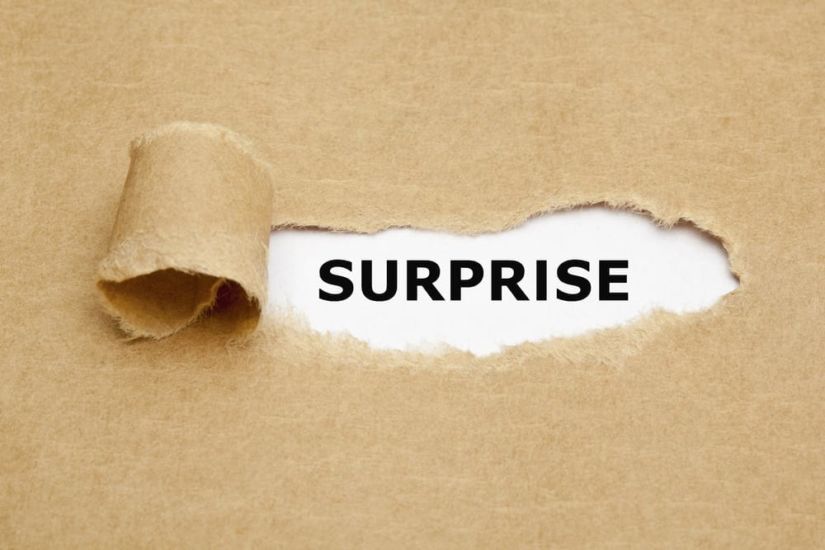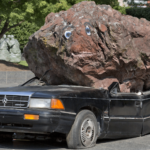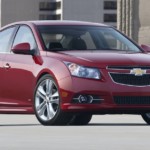The used car market was doing tremendously well in 2016, shattering all sorts of personal-best records and really hitting its stride – thanks to the boom of lease vehicles recently returned to lots across the country. To recap, leasing and used car sales go hand-in-hand. Cars come off lease after two to three years on the road (as determined by the lease agreement) and get cycled back into the market as lightly-used cars. Therefore, when you hit record-high leasing like you did three years ago, you end up with a flood of used cars on the market. Offering a plethora of options for consumers to choose from, the abundance of these vehicles also reduce used car prices overall.
With so much positive happening in the used car market, it’s surprising to hear anything negative. However, off-lease vehicles can’t hold up entire used market alone. That’s why the equivalent of the year-that-must-not-be-named (2009…when the new car market essentially imploded) is haunting the used car market now.
What the Heck Happened?
In 2009, the economy took a figurative dump on the automotive market. New vehicle production fell sharply and suddenly. No one was really buying any new models at the time or for about two years thereafter. The end result? A lack of older used cars from 2009-2011 circulating the market in 2017.
To make matters even worse, that boom of one to three year lease vehicles hitting the used car market for 2016-2017 is also a problem. Yes, I know I just said that helped the used car market tremendously, but think of this as a double-edged sword.
On one edge, you have this boom of former lease vehicles to help stabilize the used car market. On the other, this figurative flood gate of lease vehicles is also drowning out any of the rare 2009-2011 used models that were produced.
Why This Matters
Now, you’re probably wondering why this matters to you. Well, if you already have your hands on a vehicle from 2009-2011, or aren’t in the market for a used vehicle whatsoever, then it doesn’t.
But, for those looking to get their hands on a new-to-you used model, it’s really going to make an impact on your car shopping experience for one simple reason: depreciation.
After five years, a car has experienced most of it’s horrendous value loss. Meaning that buying a used car five-plus years old is the smarter choice because you will retain value closer to what you initially paid for the vehicle. Granted, it will still lose value, but you won’t have wasted nearly as much money as someone who bought a used vehicle new, or lightly-used.
Five subtracted from 2016 equals 2011. Want to go older by six or seven years? Well, that puts you into 2010 and 2009. Therefore, you need to shop around for 2008 models if you want to have a wider selection of cheaper used models. The alternative? Shop around for a model manufactured between 2012-2016, which there are plenty of, but not as affordably priced as a 2008 or older model.
The result is this awkward gap that should be the “sweet spot” of used car buying.



